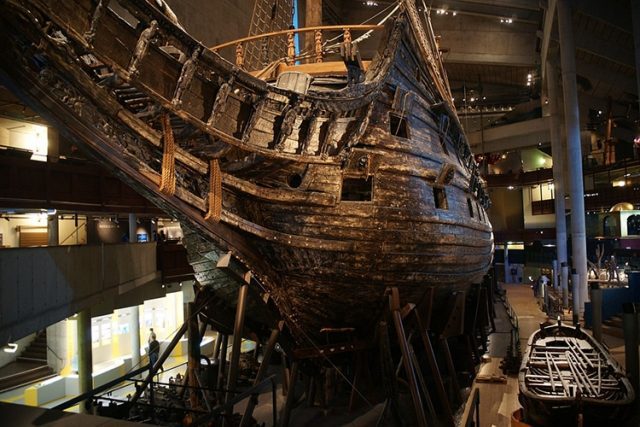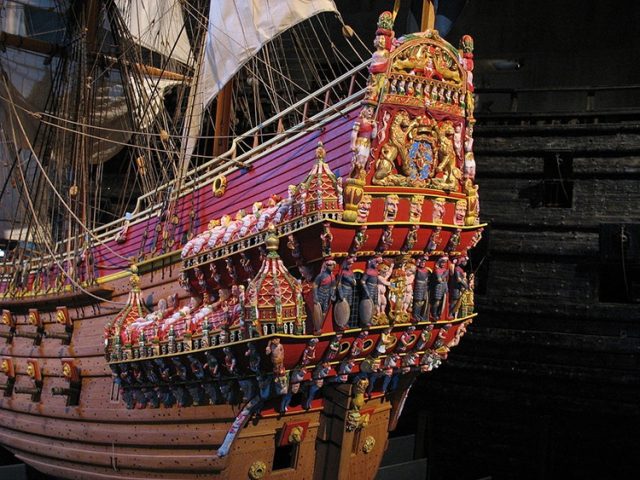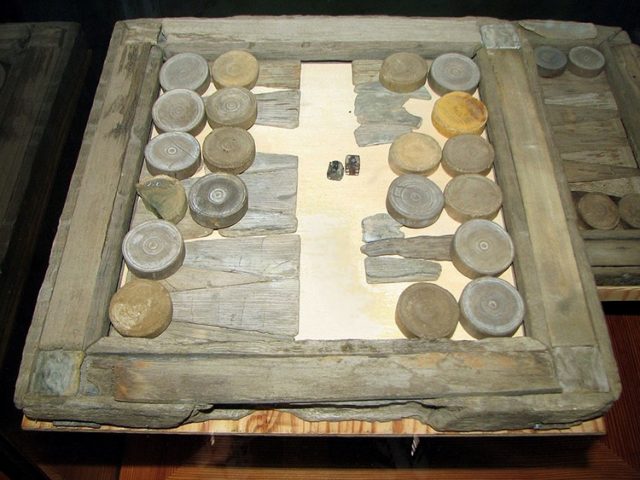Sockholm’s Vasa Museum is home to one of the most iconic ships ever pulled out by archaeologists from deep-sea waters, and it goes by the name of Vasa.
The ship is a 17th-century treasure, fully preserved and the only intact example from that century. But putting the ship in this condition on display took a lot of time, as a team of experts worked for almost three decades to extract it from the water and prepare it for the museum.
The history of Vasa is strongly related to Gustav Adolf II who commissioned the ship to be designed by Henrik Hybertsson. Its main purpose was to carry 36 guns aboard, but Gustav wished for the ship to be perfect on the outside and its interior and stability were ignored.
Vasa’s heavy decorations and 64 bronze cannons turned out to be the death of it and sank shortly after embarking on the 10th of August in 1628 from Vaxholm.
The positive aspect of the story is that the Baltic Sea’s extremely cold waters managed to keep the ship in great condition after sinking, as no harmful bacterias could go near its body.
When the Swedish government decided to extract the ship in 1961, almost 95% of Vasa was still intact and archeologists could start adding the finishing touches for it to be displayed for the public.





